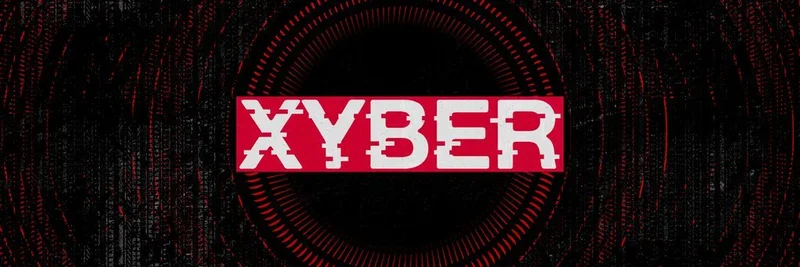Recently, BSC News dropped an intriguing tweet highlighting the inner workings of Janction, a project incubated by Jasmy Global. If you're into blockchain and AI, this is worth paying attention to. Janction is building a Layer2 AI blockchain that tackles big challenges like resource scheduling and privacy in decentralized AI services. Let's break it down in simple terms, based on the details from the BSC News article.
Origins of Janction: From Jasmy's Roots to Testnet Launch
Janction kicked off in 2023 as a project nurtured by the Jasmy community through JasmyLab Inc. in Tokyo. Jasmy has long been focused on decentralizing IoT data with strong security measures, which laid the groundwork for Janction to expand into AI computing resources. Fast forward to February 2025, and Janction snagged seed funding from big names like Cogitent Ventures, DWF Labs, and Waterdrip Capital. That same month, they rolled out their testnet on the Optimism OP Stack. This setup is EVM-compatible, meaning it works seamlessly with Ethereum tools while handling AI tasks at scale. It's like giving AI a turbo boost on blockchain without the usual bottlenecks.
Breaking Down the Core Components
At its heart, Janction's architecture is designed for efficiency in a decentralized world. It combines a settlement layer, GPU pooling, and a marketplace to make AI services accessible and fair for everyone involved.
The Blockchain Layer: Handling Settlements and Data
Think of the Blockchain Layer as the backbone. It's where transactions get settled and data is made available (that's the DA part). Data comes in through browser extensions or on-chain methods—users can upload stuff like ChatGPT queries via the Janction Extension after signing a transaction. Everything gets verified on Janction's Layer2 using a Proof of Contribution consensus. This isn't your standard Proof of Work or Stake; it rewards based on what you actually contribute. All transactions are stored transparently, ensuring fair payouts.
Distributed Resource Pooling: Making GPUs Work Together
GPUs are the powerhouse for AI, but they're in short supply globally—remember the shortages in 2024 and 2025? Janction pools distributed GPUs into virtual ones (vGPUs) with standard specs, using tech like VxLan for a microservices setup. Allocation happens via smart routing and scheduling algorithms, with pricing handled by something called PVCG. AI services communicate through RESTful APIs, and the backend ties it all together. This DePIN approach (decentralized physical infrastructure network) tokenizes idle GPUs, turning unused hardware into a shared resource pool. It's a game-changer for democratizing AI compute.
GPU Marketplace: Managing Users and Nodes
The GPU Marketplace is like the control center. It handles user info, node operations, monitoring, and even reputation systems to keep things honest and weed out bad actors. Key players include GPU Providers (who earn by sharing resources), Aggregators (who build and maintain pools), and Users (who tap into the services). Anyone can become a node by staking on the Janction Blockchain, and revenue splits based on stakes. Aggregators get elected on-chain, adding a democratic twist.
Key Partnerships Boosting Janction's Ecosystem
Janction isn't going solo—they've teamed up with others to expand their reach. For instance, their partnership with DMC DAO brings music from 20 million DJs on-chain, rewarding viewers and creators alike. This was spotlighted again in September 2025, tying into the growing creator economy in crypto. Then there's DeepLink for decentralized cloud gaming, providing GPUs for that. And integration with the TEN protocol allows secure sharing of encrypted AI models and global resources. These collabs show Janction bridging computing power with real-world apps like music and gaming.
Why Janction Matters in the Crypto Space
In a world where AI demand is skyrocketing and GPUs are scarce, Janction offers a decentralized alternative. It fits into the DePIN trend, similar to projects like Akash Network (for cloud computing) and Bittensor (for AI training). What sets Janction apart? Its Layer2 on Optimism, EVM compatibility, and deep roots in Jasmy's data security. Plus, with leadership overlapping between Jasmy and Janction, it's a tight-knit ecosystem pushing Web3 AI forward. For blockchain enthusiasts, this means more efficient, privacy-focused AI without relying on centralized giants like Nvidia.
In wrapping up, Janction's setup—with its blockchain layer, resource pooling, and marketplace—creates a robust platform for decentralized AI. If you're building or investing in crypto, keeping an eye on projects like this could give you an edge in the evolving landscape. Check out the original BSC News piece for even more details, and follow updates from @JANCTION_Global and @Jasmy_Global.

